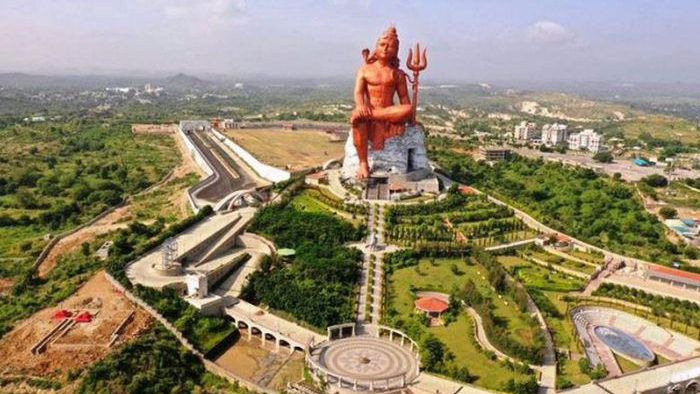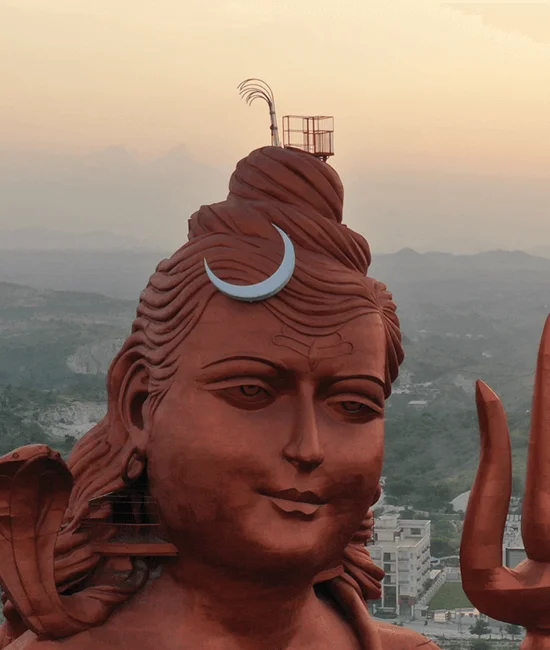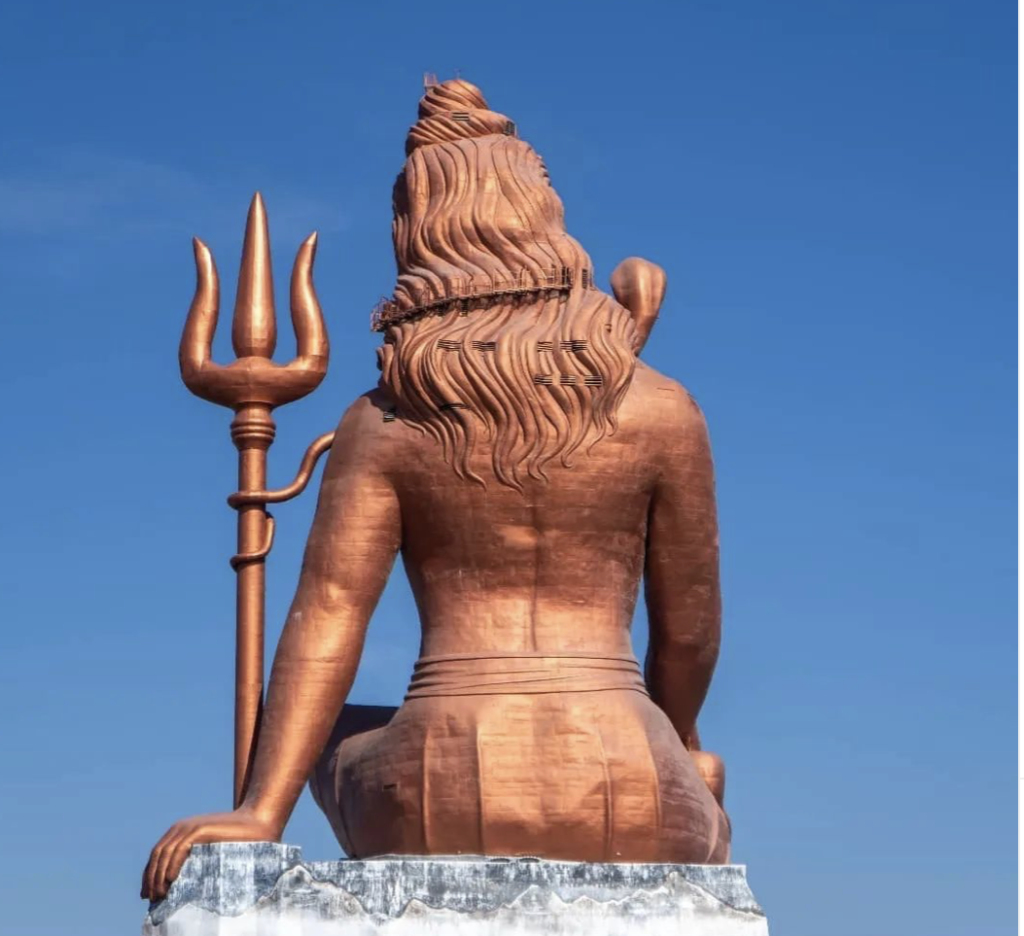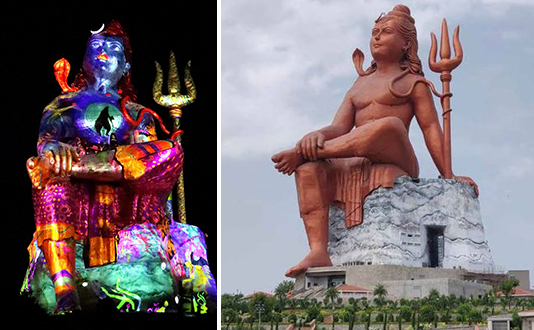Introduction of the statue of belief

The Statue of Belief is a magnificent statue located in India, built to commemorate one of the highest deities in Hinduism, Shiva. This statue is highly regarded for its grand scale and profound symbolic significance, and is known as the world’s tallest Shiva sculpture. This article will introduce the history, design, symbolic significance of the statue of faith and its important position in Culture of India and religion.
History and Background
The ‘Statue of Faith’ was built in memory of the main deity Shiva in Hinduism. Shiva is one of the three main deities of Hinduism, representing the power of destruction and regeneration, as well as the deity of creation and protection. In Culture of India and religion, Shiva is worshipped as the supreme god and widely respected and believed.
In order to express piety and respect for this great deity, the Indian government decided to build a magnificent Shiva statue in South India to commemorate his holy existence.
Design and Construction of Statues

The design of the ‘Statue of Faith’ was led by the renowned Indian sculptor Rajkumar Sthapathi. This statue reaches a height of 336 feet (approximately 102 meters), including its base. It is composed of a base up to 256 feet (approximately 78 meters) high and a statue up to 80 feet (approximately 24 meters) high.
The statue depicts Shiva sitting on a lotus throne, holding Trishul (Trident), Damru (Double sided Drum), and flames, demonstrating his power and holiness. His face was solemn and peaceful, with a solemn expression that conveyed deep symbolic significance.
The construction of the ‘Statue of Faith’ is a complex and massive project involving hundreds of craftsmen and technicians, which took several years to complete. Its magnificent design and exquisite craftsmanship are breathtaking, making it the pinnacle of Indian sculpture art.
The symbolic significance of the statue of belief
The statue of faith symbolizes piety and respect for Shiva, as well as respect and reverence for Hindu culture. As one of the three main deities of Hinduism, Shiva represents the power of destruction and regeneration, as well as the creation and protection of the universe. The image of Shiva in the statue showcases his holiness and solemnity, encouraging people to show piety and reverence towards the highest deity.
In addition, the ‘statue of faith’ also symbolizes religious harmony and unity. In India, religious diversity is its unique feature, and different religions and beliefs coexist harmoniously on this land. This statue encourages people to understand, tolerate, and coexist harmoniously, conveying an important message of faith, peace, and unity.
Religious and Cultural Significance

The statue of faith has become an important religious and cultural site in India, attracting pilgrims and tourists from different religions and backgrounds. It has become a symbol of faith and piety, attracting thousands of people to visit and pray.
At the same time, this statue has also become an important highlight of India’s tourism industry, attracting many tourists to experience its solemnity and sanctity. The statue of faith is not only a magnificent statue, but also an ambassador to showcase Hindu culture and faith to the world.
Respect and Education
The statue of belief has inspired people’s respect and faith in Shiva. In front of this magnificent statue, people feel the sanctity and solemnity of Shiva. And the piety and reverence towards the highest deity arise spontaneously. This statue has also become a place for believers to seek forgiveness and spiritual comfort.

At the same time, the “statue of faith” also provides people with education and inspiration. In a world of religious diversity and social contradictions, we need mutual understanding, tolerance, and harmonious coexistence. This statue calls for us to inherit Shiva’s compassion and wisdom, and build a world full of faith and peace.
Epilogue of the statue of belief
The Statue of belief is a magnificent and deeply symbolic statue commemorating the supreme deity Shiva in Hinduism. It symbolizes piety and respect for Shiva, as well as respect and esteem for Religion in India and culture. This statue also symbolizes the importance of religious harmony and peace. It is encouraging people to understand, tolerate, and coexist harmoniously with each other. The “Statue of belief” will continue to play an important role in Culture of India and religion. And showing the world the wisdom of Hinduism and the power of faith.

